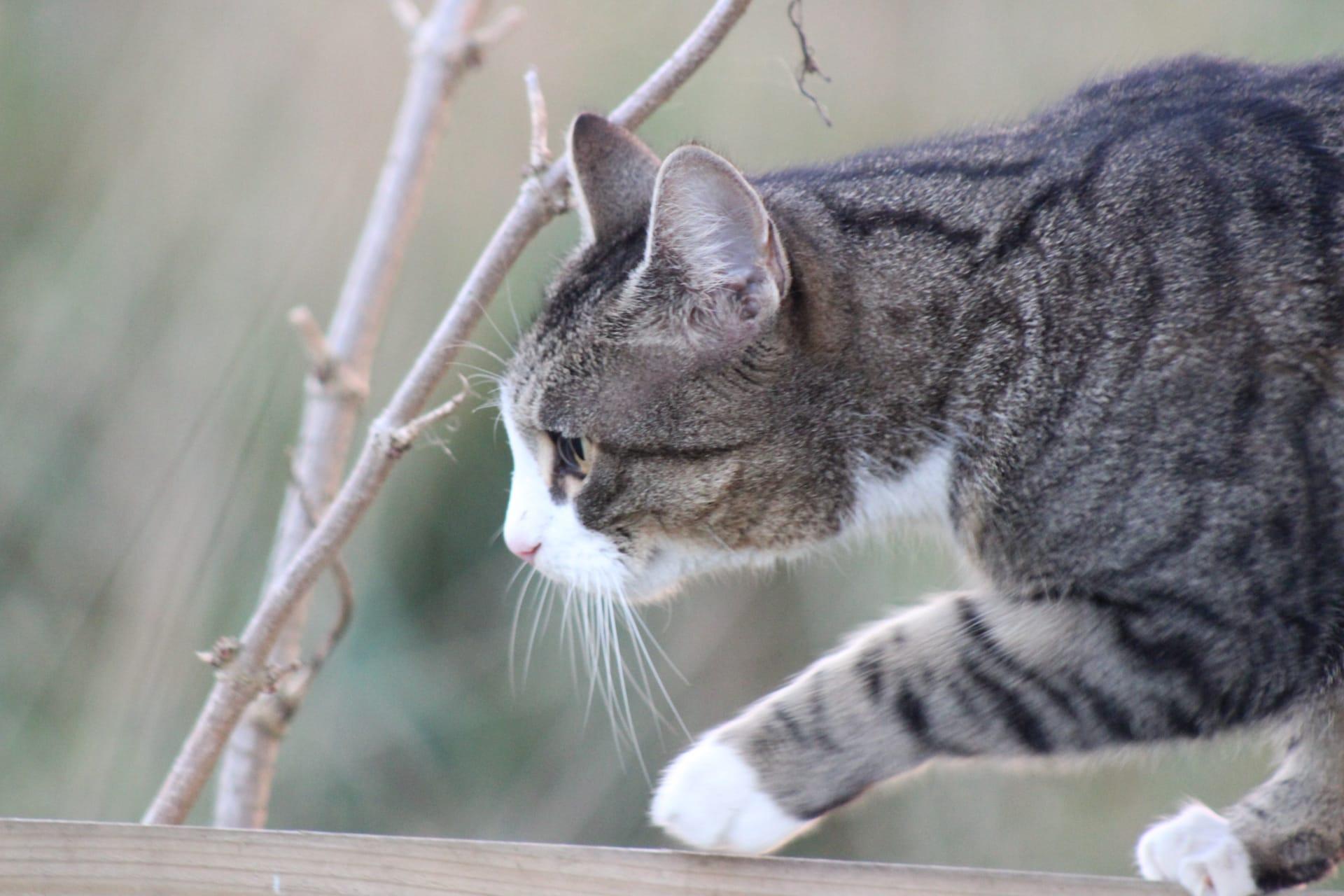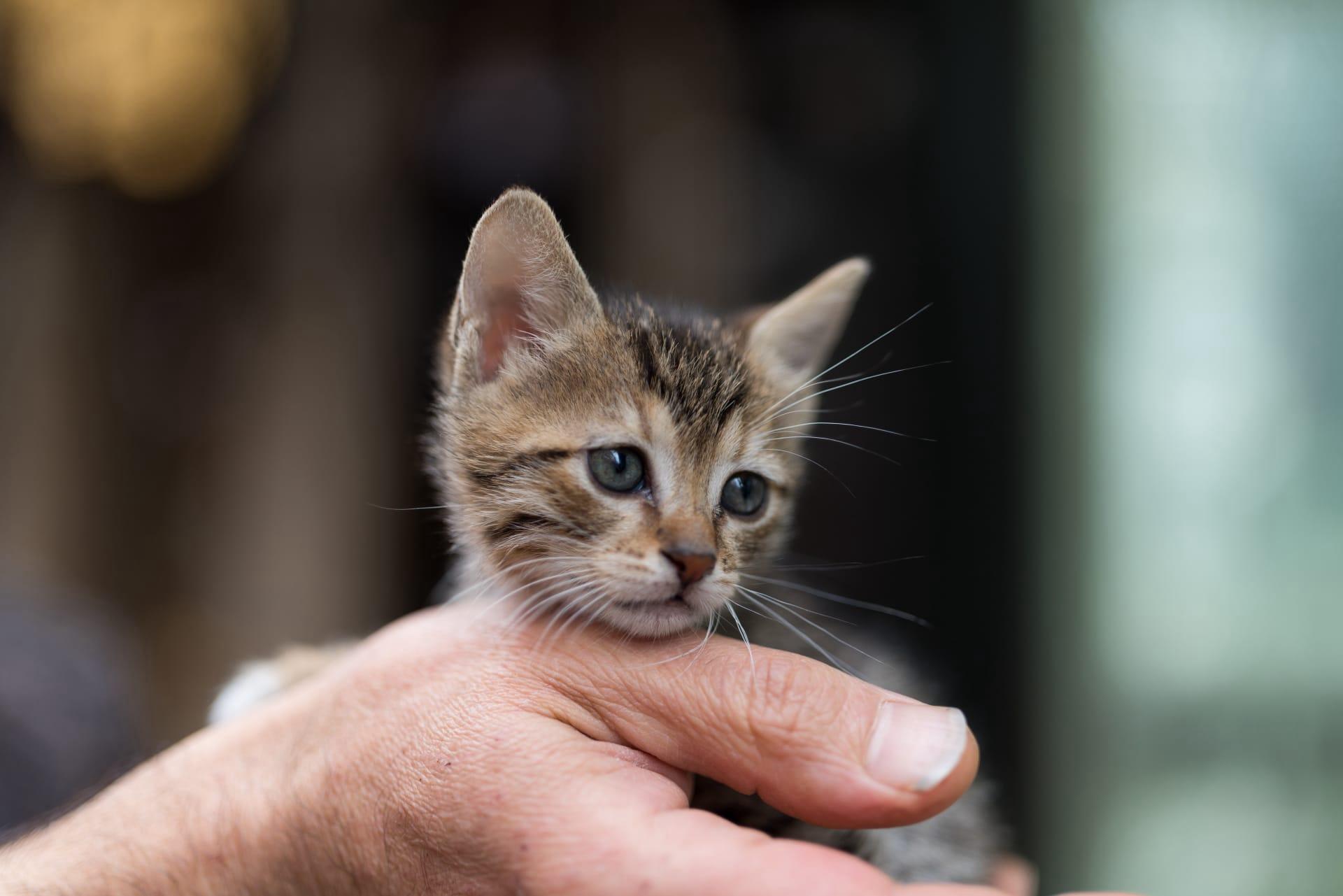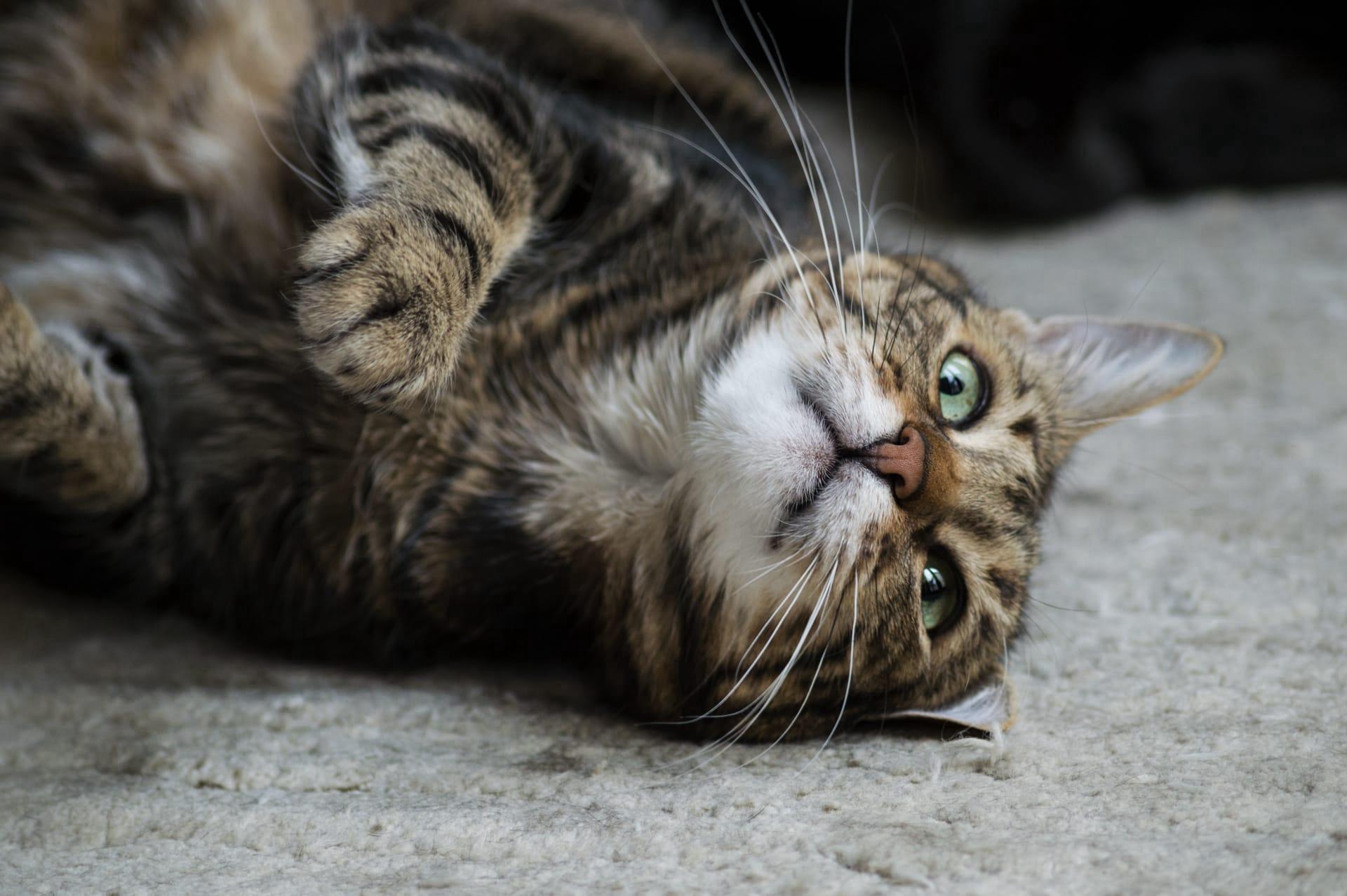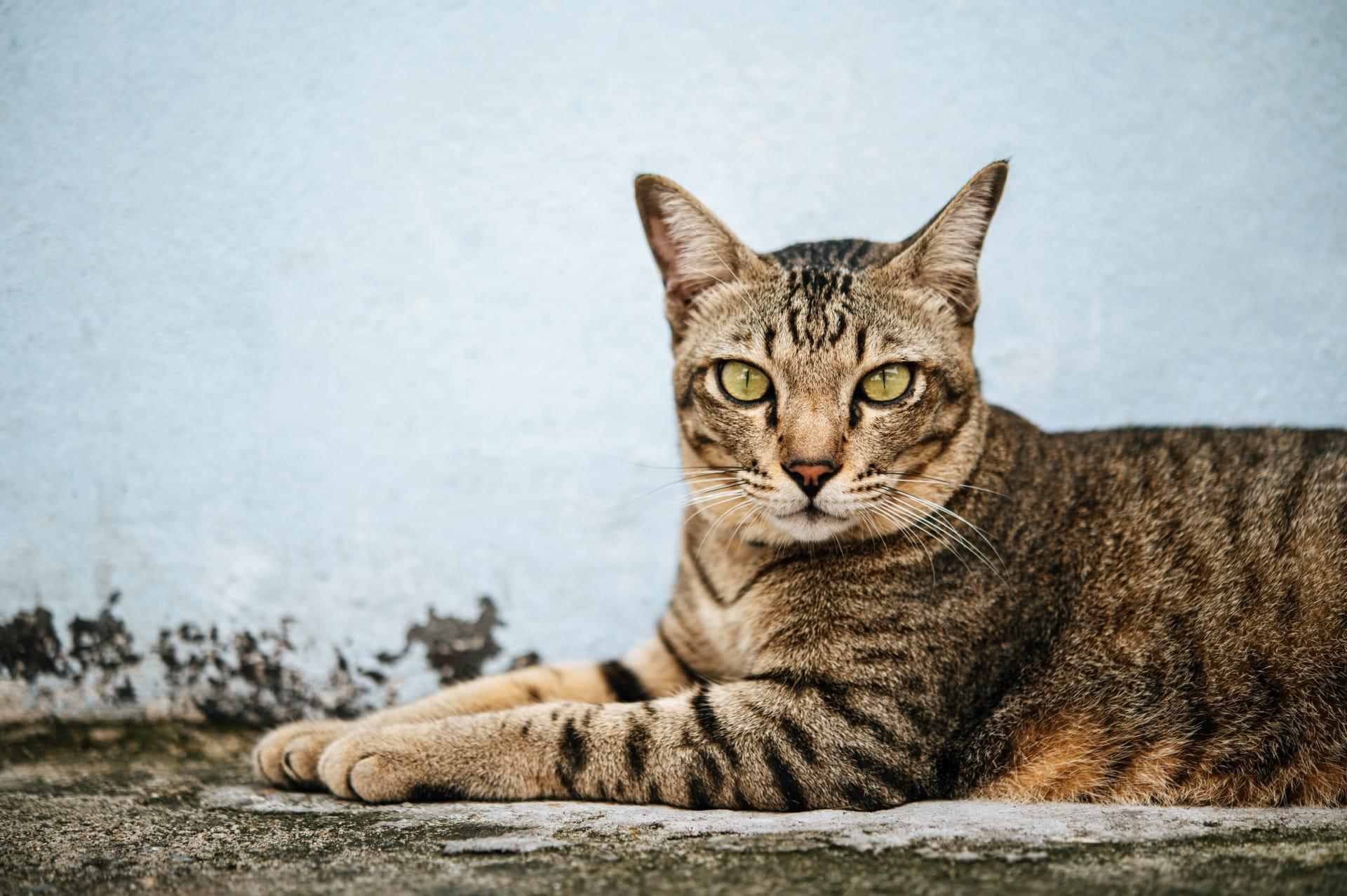Pixiebob Cat Trivia
- Home /
- Trivia Question /
- Animal /
- Pixiebob Cat Trivia
1
Question: What distinguishes the Pixiebob cat's physical appearance from other breeds?
Answer: Pixiebob cats are renowned for their striking resemblance to wild bobcats, featuring a muscular body, a short tail that averages 2 to 4 inches in length, and a distinctive spotted coat. They possess a broad, wedge-shaped face with hooded eyes and prominent whisker pads, giving them a wild, rugged look. Male Pixiebobs can weigh between 12 and 25 pounds, while females are generally smaller, ranging from 8 to 15 pounds. Their coat can be short or long but always has a soft, woolly texture, enhancing their wild appearance.
Question: How did the Pixiebob breed come to be, and what's the myth surrounding its origin?
Answer: The Pixiebob breed's origin story is shrouded in legend and intrigue. It is said to have begun in the late 1980s when Carol Ann Brewer, a cat enthusiast from Washington state, adopted a male kitten with a bobbed tail. This kitten, along with a few others sharing similar traits, became the foundation of the Pixiebob breed. Brewer speculated these cats might be descendants of a bobcat/domestic cat liaison, although genetic testing has not confirmed this. Despite the lack of scientific evidence, the breed's wild appearance continues to fuel the captivating myth of its bobcat ancestry.

2
Question: Is it true that Pixiebob cats are wild and aggressive due to their bobcat genes?
Answer: Contrary to popular belief, Pixiebob cats do not possess bobcat genes, and their demeanor is far from wild or aggressive. They are, in fact, known for their dog-like personalities, showing loyalty, sociability, and a gentle nature. Pixiebobs often enjoy being part of the family activities, playing fetch, and even walking on a leash. They are vocal in a charming way, using chirps and chatters to communicate with their humans, showcasing their affable and companionable nature.
Question: Do Pixiebob cats require specialized care because of their unique genetics?
Answer: Despite the myths surrounding their origins, Pixiebob cats do not require any specialized care different from other domestic cat breeds. They thrive on a balanced diet, regular veterinary check-ups, and the same vaccinations and preventative care as any other cat. Their coat, whether short or long, does require routine grooming to keep it in good condition, but this is typical of many cat breeds. Essentially, caring for a Pixiebob is about meeting their physical and emotional needs, providing love, play, and interaction to keep them happy and healthy.

3
Question: What are the most common health concerns for Pixiebob cats?
Answer: Pixiebob cats are generally healthy, but like all breeds, they have predispositions to certain health issues. These can include hypertrophic cardiomyopathy (HCM), a heart condition that is commonly screened for by responsible breeders. Additionally, spinal problems related to their short tails and dental issues have been noted. Regular health check-ups can help catch and manage these conditions early. Breeders also recommend genetic testing for heart conditions to ensure the health of Pixiebob kittens.
Question: Can Pixiebob cats live comfortably in an apartment setting?
Answer: Yes, Pixiebob cats can adapt well to apartment living, provided they have enough space to play and explore. They are not overly active but do enjoy climbing and interactive play, so providing scratching posts, perches, and toys can help keep them stimulated. Their sociable nature means they appreciate companionship, whether it's human or another pet. Regular play sessions and interaction can ensure they remain engaged and content in smaller living spaces.

4
Question: How long do Pixiebob cats typically live?
Answer: Pixiebob cats have a lifespan similar to other domestic cats, generally living between 13 to 15 years. With proper care, regular veterinary check-ups, a healthy diet, and an active lifestyle, some Pixiebobs have been known to live into their late teens. Genetic factors, lifestyle, and preventive care all play significant roles in the longevity of these cats.
Question: Are Pixiebob cats good with children and other pets?
Answer: Pixiebob cats are known for their amiable and patient nature, making them excellent companions for families with children. They are sturdy enough to handle the playful affections of well-behaved children and are known to form strong bonds with their family members. Additionally, their social disposition means they usually get along well with other pets, including dogs, as long as they are properly introduced and socialized from a young age. Their adaptable and friendly nature makes them a great addition to diverse households.

5
Question: What is the grooming requirement for a Pixiebob cat?
Answer: The grooming requirements for a Pixiebob cat depend on their coat type. Those with a short coat may only need weekly brushing to remove loose fur and maintain coat health, while long-haired Pixiebobs may require more frequent grooming to prevent matting. Regardless of coat length, it's important to start grooming practices early in life to acclimate them to the process. Regular ear cleaning, nail trimming, and dental care are also essential to keeping a Pixiebob healthy and well-groomed.
Question: How vocal are Pixiebob cats, and what sounds do they make?
Answer: Pixiebob cats are moderately vocal and communicate with a range of unique sounds. They are not as talkative as some breeds but will use soft chirps, chatters, and purrs to express themselves, especially when interacting with their favorite humans. Their vocalizations are often described as delightful and engaging, adding to their charm and appeal. This communication enhances the bond between Pixiebobs and their families, making them communicative companions who love to share their thoughts and feelings.